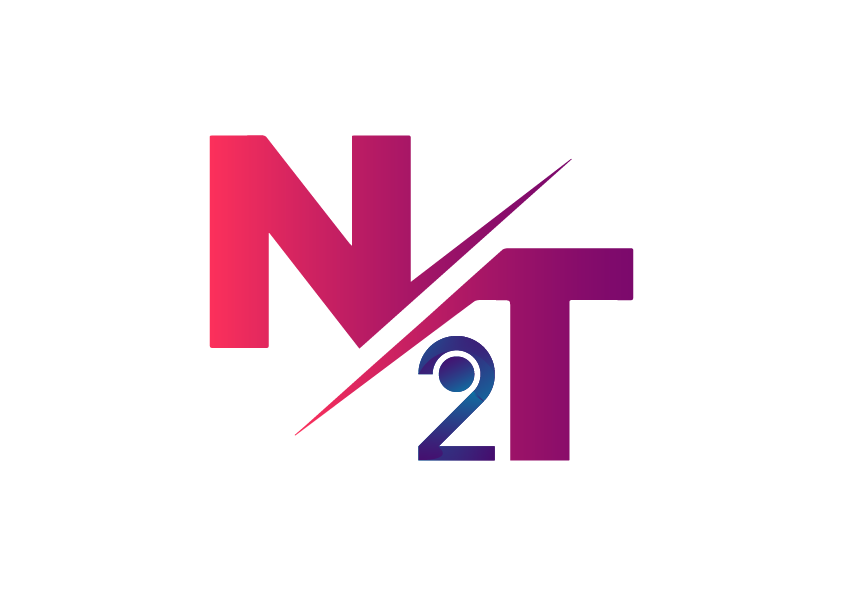Ads
The 2022 Pisa: why Latin America’s top contender is Chile
When it comes to educational performance in Latin America, Chile stands out as the top contender in the region. The country has consistently ranked first among Latin American nations in the Pisa test, which evaluates the cognitive abilities of 15-year-olds from OECD nations. While Brazil, on the other hand, remains among the poorest performers and has shown little improvement since 2009.
Chile’s success in the Pisa test can be attributed to several key factors that have not been effectively implemented in Brazil. These include the establishment of standards and quality control in education, decentralization of administration, and a focus on training and recruiting highly qualified teachers. These measures have allowed Chile to surpass other Latin American nations and remain at the forefront in educational performance.
Despite allocating 6% of its GDP to education, the same as Brazil, Chile has shown significant improvement in recent years. In the PISA 2022 exam, Chilean students scored 412 in arithmetic, 448 in reading, and 444 in science. In comparison, Brazil scored 379 in math, 410 in reading, and 403 in science. While Chile is in a more comfortable position due to its proximity to better-performing nations, both countries have experienced stagnation in their educational performance for several years.
One notable difference between Chile and Brazil is the percentage of students who do not grasp the minimum mathematical skills required for basic daily activities. In Chile, this percentage is 44%, while in Brazil, it is a staggering 73%. Similarly, the reading proficiency exam reveals that 50% of Brazilians fail to attain level 2, while 34% of Chileans fail to reach level 3. In terms of scientific knowledge, 36% of Chileans possess the minimum required for their age group, while this number drops to 55% for Brazilians.
Chile’s commitment to education can be traced back to the year 2000 when its students became the first from Latin America to participate in the Pisa test. Although they scored 410 in reading that year, Chile did not participate in the evaluation again until 2006. However, between 2000 and 2006, the country saw a significant 32-point improvement in reading scores. Since then, Chile has maintained its level 2 status, which is higher than other Latin American nations but still falls below the OECD average.
One possible explanation for Chile’s educational success lies in its rigorous evaluation system and prescriptive curriculum. According to education expert Ilona Becskeházy, Chile sought advice from the OECD on how to implement effective educational policies. The commitment to improving education is reflected in constant public discussion on the subject and policies that aim to enhance the learning conditions for Chilean students.
One organization playing a significant role in Chile’s educational reforms is Elige Educar, a non-governmental organization that receives public and private funds. It focuses on recruiting academically gifted youth and developing strategies to retain experienced educators. These efforts contribute to creating a conducive learning environment in Chilean schools.
Reforms to the education system have also played a crucial role in Chile’s progress. The establishment of the Education Quality Assurance System has been instrumental in advancing educational standards in the country. This system includes the Education Quality Agency, which assesses student learning and provides support to schools and teachers, and the Education Superintendency, which ensures compliance with regulations set by the Ministry of Education.
Decentralization of education has been a key element in Chile’s success, according to education expert Célia Seabra. By allowing schools to have more control over curriculum and adapting it to specific local needs, Chile has fostered independence and flexibility within the education system. This approach recognizes the social, economic, and geographic diversity within the country and promotes inclusivity in education.
Brazil can learn from Chile’s example by empowering state and local governments to spearhead educational reforms. Ilona Becskeházy suggests that successful foreign models and access to proven strategies can help Brazil address its educational challenges. Monitoring and improving teacher preparation programs, as emphasized by Verónica Cabezas, is another crucial aspect of educational reform. Ensuring that teachers are well-prepared and supported can significantly impact the quality of education in Brazil.
In conclusion, Chile’s position as Latin America’s top contender in the Pisa test is a result of its commitment to education, rigorous evaluation system, and effective reforms. While Brazil continues to struggle, there are valuable lessons to be learned from Chile’s success. By implementing similar measures such as standards and quality control, decentralization of administration, and focus on training and recruiting better teachers, Brazil can strive to improve its educational performance and create a brighter future for its students.






